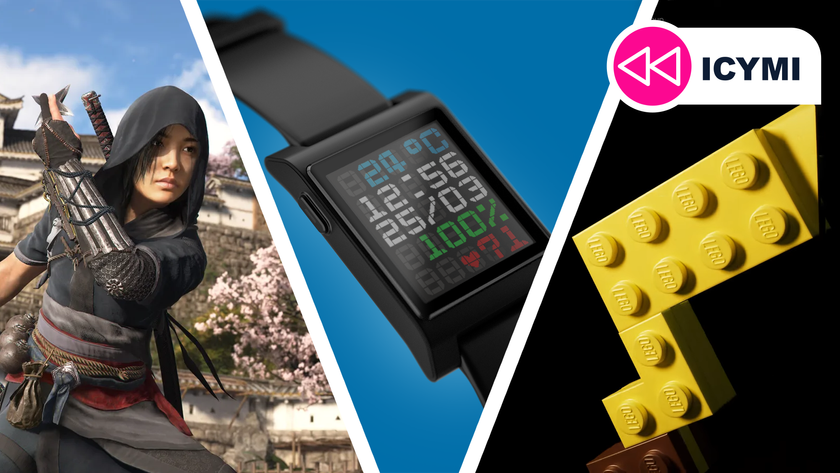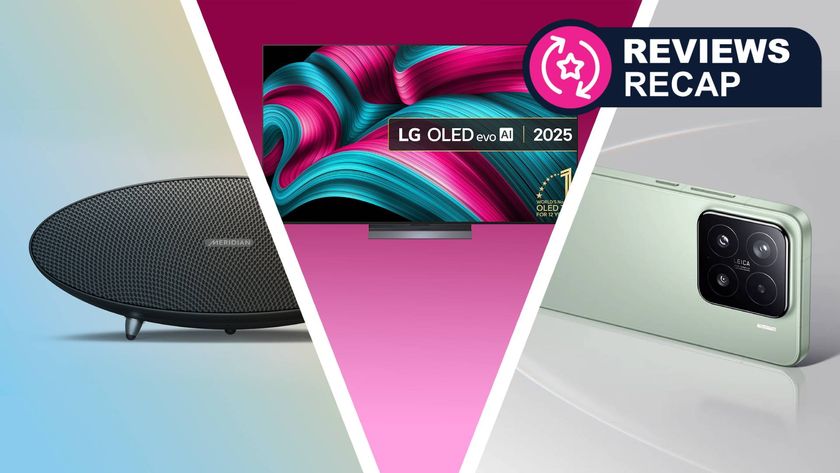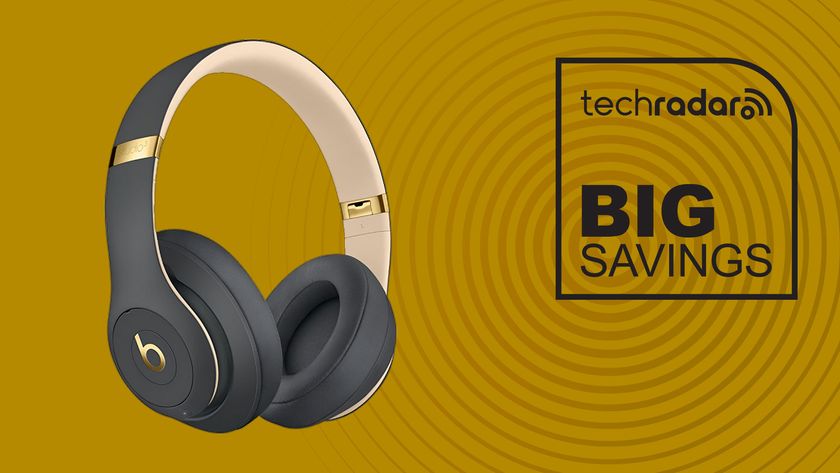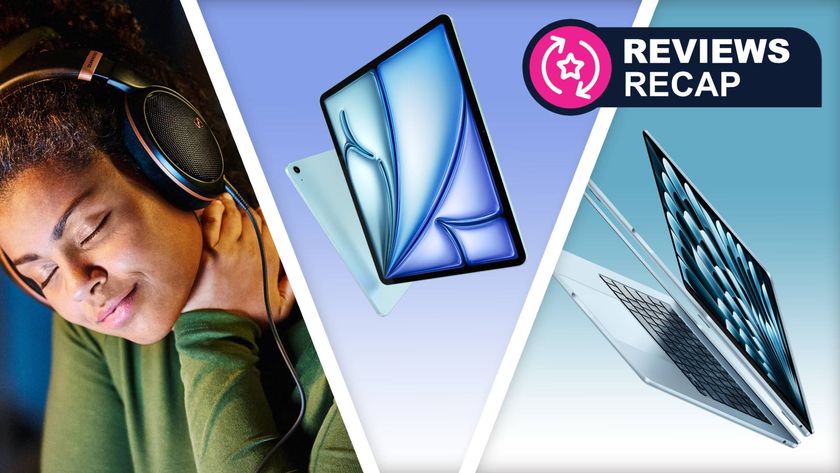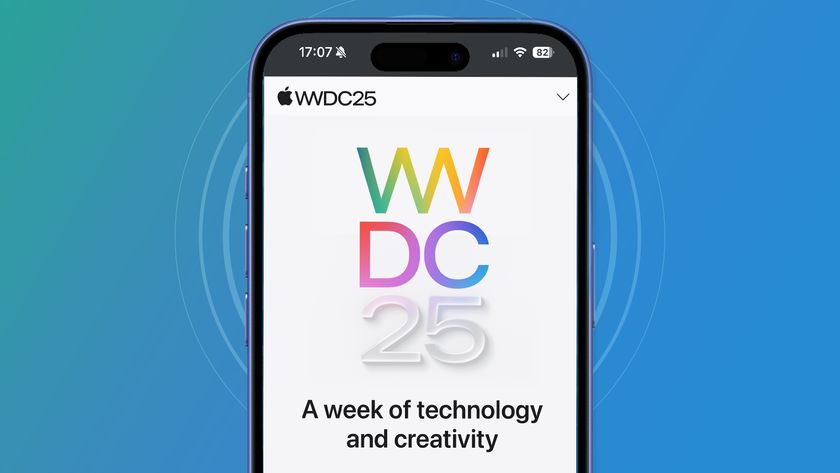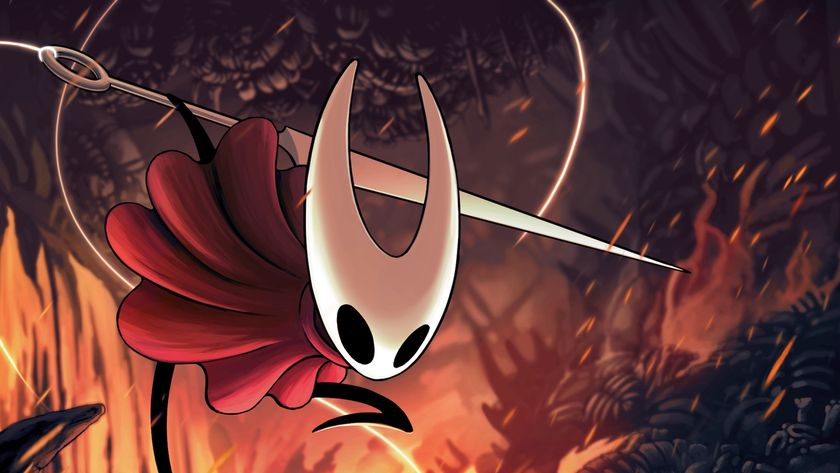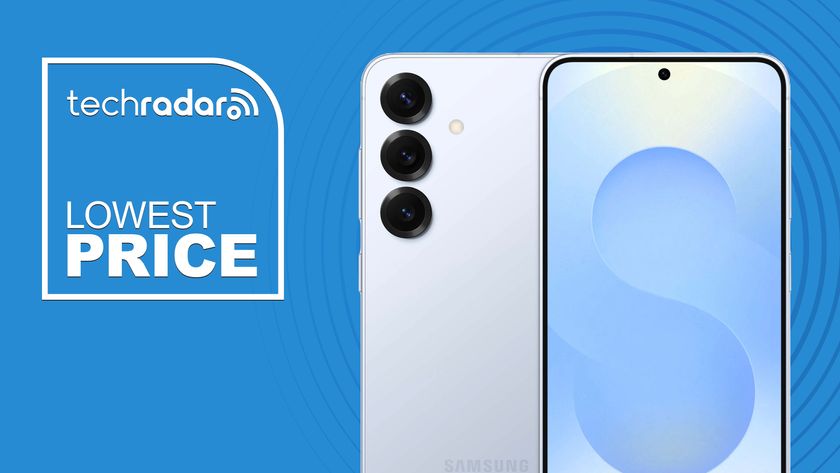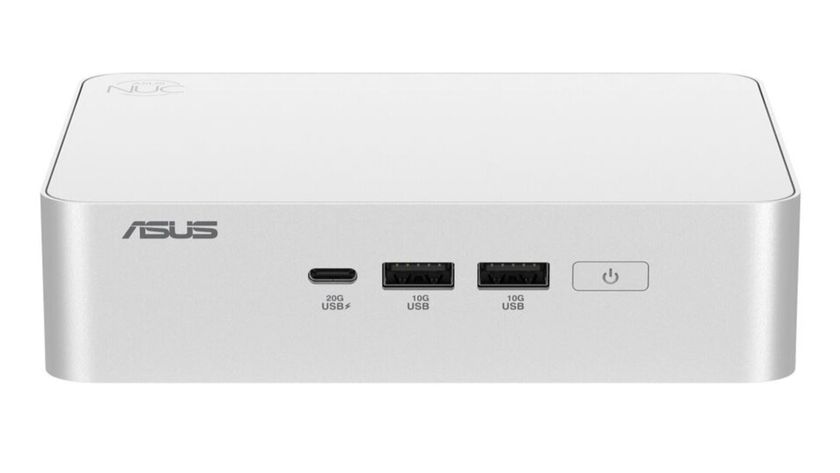14 arcade machines that led to a misspent youth
Kick-ass coin-ops from the early years of videogaming
With the market for videogames now eclipsing those of music and cinema, it's worth remembering where it all began.
Back in the 70s and 80s an entertainment revolution took its first faltering steps, with an esoteric selection of coin-operated arcade machines.
Looking back at these early pioneers of videogaming, it's easy to dismiss them as simplistic and repetitive, but many of the concepts they posited are still in use even today.
The following is our pick of the 14 most influential arcade machines from those early years. Disagree with the list? Add your suggestions in the comments.
1. Pong (Atari, 1972)
It's strange how two thin rectangles and a square, when put into motion and made (slightly) interactive, can begin a major entertainment revolution. Pong was the first commercially successful videogame and paved the way for the multitude of arcade clones and 'TV Game' systems that flooded high streets in the late 70s.
2. Space Invaders (Taito, 1978)
Space Invaders was the one that really kickstarted the videogame revolution. Who can forget the allure of that cabinet with its monsters and flying saucer graphics, plus that weird display with coloured overlays (the CRT screen was still monochrome at this point). Despite the simplistic visuals and monotonous sound effects, Invaders managed to create a brilliant sense of tension and rising panic.
3. Asteroids (Atari, 1979)
The glowing vector graphic display and physically realistically ship movement imbued Asteroids with a fluid, free-flowing feel. Beautiful, minimalist visuals also helped to generate a fascinating otherworldiness. Asteroids is as much an interactive art installation as it is a videogame.
Get daily insight, inspiration and deals in your inbox
Sign up for breaking news, reviews, opinion, top tech deals, and more.
4. Dragon's Lair (Cinematronics, 1983)
The advent of Laserdisc provided a means of showing movie-quality animation, where different joypad/button combos accessed different video tracks. When Dragon's Lair first appeared, it was a glossy competitor to the low-res, pixellated shooters, but the shallow 'quicktime' gameplay mechanics soon grew tired. Despite this, Dragon's Lair has sired no fewer than 58 ports and conversions on PC and home consoles.
5. Battlezone (Atari, 1980)
In arcades full of bleeping, beeping bitmapped shooters, Battlezone was a revelation. It was presented in 3D wireframe graphics, viewed through a gunner's periscope and it had proper tank controls! Genius. In fact it was so good, they made a version of the US army called The Bradley Trainer for gunnery practice.
6. Football (Atari, 1978)
Although little known in the UK, this American Football sim is notable for introducing the trackball controller (which would also appear in Centipede and Missile Command). It was also the first arcade game to feature a scrolling playfield - the patent for which provided enormous amounts of revenue for Atari Corp.
7. Tron (Bally Midway, 1982)
The first successful mainstream game based on a movie license (there were other less notable attempts), Tron naturally drew on the movie subject matter and was split into mini games featuring light cycles, tanks and so on. In truth, it was a pretty average game experience, but the glowing cabinet was great and the coin-op grossed more than the movie!
8. Phoenix (Amstar Electronics, 1980)
Perhaps not quite as memorable as some of our other entries, Phoenix was, however, one of the first full-colour coin-ops and, more importantly, introduced the concept of the end-of-level boss - the Phoenix mothership - which had to be repeatedly hit until you broke through its defences and destroyed the core. Its painful legacy lives on...
9. Galaxian (Namco, 1979)
Though obviously inspired by Space Invaders, Namco's shooter was the first full-colour coin-op, and also upped the ante in terms of graphics and animation, It featured a proper intro and background soundtrack, and introduced richer, more kinetic gameplay. It spawned a range of sequels including the hugely popular Galaga.
